General Dynamics YF-16 USAF
Production Time 9 to 10 weeks
Shipment is by FedEx, UPS or DHL International Express Courier with a normal door-to-door delivery time worldwide of within 2-3 business days after dispatch. Due to the current volatility of world fuel prices, the amount mentioned here is our best estimate for DHL and UPS and may be subject to change at the time of shipping.

Model Description: General Dynamics YF-16 USAF Wood Replica Scale Custom Model Aircraft
Manufacturer: General Dynamics
Wingspan: 11.23 Inches (28.5 Centimeters)
Height: 5.5 Inches (14 Centimeters)
Scale: 1:35
Registration: 01567
$239.50
Production Time 9 to 10 weeks
-
United States dollar ($)
-
Pound sterling (£)
-
Euro (€)
-
Australian dollar ($)
-
Canadian dollar ($)
-
Singapore dollar ($)
-
Swiss franc (CHF)
-
Japanese yen (¥)
-
Danish krone (kr.)
-
Hong Kong dollar ($)
-
Norwegian krone (kr)
-
Swedish krona (kr)
-
United Arab Emirates dirham (د.إ)
General Product Description
Our PlaneArt General Dynamics YF-16 USAF model exhibits unique, unrivaled quality and detailed design to come as close as possible to the accuracy of the actual plane. It comes as standard with a robust, durable base or stand which is available in a variety of different finishes designed to match your own personal requirements including solid wood, wood with polished metal supports or adjustable wood wall mount and will be ready within about 9-10 weeks from placement of order.
The General Dynamics YF-16 USAF model is made of the finest kiln dried renewable mahogany wood (commonly known as Lauan or Meranti) which has undergone many stages of carving and meticulous and careful sanding giving the beautiful, finished museum quality masterpiece. Many collectors and model connoisseurs demonstrate their preference for genuine handmade and hand painted mahogany wood models rather than plastic or die cast (diecast) alternatives due to the overall look and totally different feel of the item - we trust you will find the same. We can however, if required produce the same model in Solid Cast Resin so just click and contact us for further information. Our craftsmen and gifted artisans ensure that our finely handcrafted model airplanes match the precise blueprint details of the original aircraft. The paint scheme, markings and parts are closely matched, reflecting the original aircraft. This stylish top-quality desktop replica model will surely enthrall anyone who receives this as a gift and for sure one of the most appropriate and desirably collectable gifts for any aviation enthusiast or avid military jet aircraft collector whilst also displaying a perfect resemblance to the actual real life version.
There are many types of military jet aircraft, but the basic types are bombers, fighters, fighter bombers, spotter planes, transporters, patrol aircraft, trainers, and reconnaissance and observation aircraft. All these types of aircraft are used for different types of missions. If you're a fan of historic or present-day military aviation, our model aircraft will bring the excitement and character of these aircraft right into your own home.
If you require, we can also make the General Dynamics YF-16 USAF model in any other military, government or even private livery or colour scheme you require and if necessary, in a different size or scale. Just click here to contact us with a description or photographs of what you require, and we will let you have a quotation for the necessary customization by return email. We can also make bespoke scale replicas of any other private / civil commercial airliner or airliners, helicopter, glider, gliders with engines, military propeller, warplane jets, biplane, triplane, tail fin, spacecraft, rocket or NASA model you require in any airline, military or civilian livery or colors. We also produce model airships, blimps, dirigibles, blimps, boats, and ship collectibles. Wall plaque or seal for military, government or private customers. Again, by clicking here to contact us just let us know exactly what you need.
The General Dynamics YF-16: A Cornerstone of USAF Airpower
The General Dynamics YF-16, commonly known as the Fighting Falcon, represents a pivotal advancement in the United States Air Force’s (USAF) tactical aircraft fleet. Developed in the early 1970s, the YF-16 was a response to the need for a lightweight, cost-effective, and highly maneuverable fighter. This aircraft not only reshaped air combat tactics but also marked a significant evolution in jet fighter design, influencing generations of military aircraft worldwide.
Origins and Development:
The inception of the YF-16 can be traced back to the USAF’s Lightweight Fighter (LWF) program, which aimed to develop a smaller and simpler fighter as opposed to the larger and more complex fighters of the time. The program was a direct consequence of the Vietnam War experiences, which highlighted the need for agility and better air-to-air combat capabilities. General Dynamics, along with other major defense contractors, was tasked to create a prototype that would meet these criteria.
The YF-16 made its first unofficial flight in January 1974, during a high-speed taxi test. The aircraft, piloted by Phil Oestricher, unintentionally became airborne but managed a safe landing. This event highlighted the aircraft’s inherent stability and performance potential. The official first flight occurred on February 2, 1974, and showcased the aircraft’s advanced aerodynamics and fighter capabilities.
Design and Features:
The design of the YF-16 was revolutionary, featuring a number of innovations. It was one of the first to use fly-by-wire (FBW) flight control systems, replacing conventional manual flight controls with an electronic interface. This allowed the aircraft to perform tight maneuvers that would have been impossible with older systems. The YF-16’s design also included a frameless bubble canopy for better visibility and a side-mounted control stick to ease control while maneuvering.
Another distinctive feature was its use of relaxed static stability (RSS). This design approach made the aircraft more maneuverable by allowing it to be slightly aerodynamically unstable. This instability was controlled by the aircraft’s advanced FBW system, ensuring that it remained controllable at high angles of attack.
Combat History and Legacy:
The YF-16 was officially selected by the USAF in January 1975, beating out its main competitor, the Northrop YF-17. The decision was influenced by the YF-16’s superior performance in various trials, including its flying qualities, maintenance costs, and armament capabilities. The first production F-16A was delivered in 1978, and since then, the F-16 has served as one of the backbone fighters of the USAF and numerous other air forces around the world.
The F-16’s versatility has allowed it to assume a variety of roles, from air-to-air combat and ground attack to electronic warfare. It has been continuously upgraded over the years, incorporating advanced radars, avionics, weapons systems, and stealth technology to maintain its edge over contemporary threats.
Conclusion:
The General Dynamics YF-16 is a remarkable example of American ingenuity and engineering prowess. Its legacy extends far beyond its initial role, influencing aircraft design and combat philosophy for decades. As of today, the F-16 remains in active service with many nations, testament to its enduring capabilities and adaptability. This aircraft not only transformed the tactical landscape of the USAF but also set new standards in fighter technology that resonate in modern aviation.
| Weight | 6 kg |
|---|---|
| Dimensions | 17 × 11.23 × 5.5 in |
Be the first to review “General Dynamics YF-16 USAF” Cancel reply
Similar Models
Tail Shields & Flashes, Plaques & Seals
Helicopters
Military Airplanes - Propeller
Military Airplanes - Jet
Military Airplanes - Jet
Military Airplanes - Propeller
Military Airplanes - Propeller
Military Airplanes - Jet
Military Airplanes - Jet
Military Airplanes - Jet
Military Airplanes - Jet
Military Airplanes - Jet
Military Airplanes - Jet
Military Airplanes - Jet
Military Airplanes - Jet
Military Airplanes - Propeller
Military Airplanes - Propeller
Helicopters
Helicopters
Helicopters
Helicopters
Helicopters
Military Airplanes - Jet
Military Airplanes - Jet
Military Airplanes - Jet
Military Airplanes - Jet
Military Airplanes - Jet
Military Airplanes - Jet
Military Airplanes - Jet
Military Airplanes - Jet
Tail Shields & Flashes, Plaques & Seals
Military Airplanes - Jet
Military Airplanes - Jet
Military Airplanes - Jet
Military Airplanes - Jet
Military Airplanes - Jet
Military Airplanes - Jet
Military Airplanes - Jet
Military Airplanes - Jet
Military Airplanes - Jet
Military Airplanes - Jet
Lockheed Martin F-16 USAF Stubby Chubby Pudgy Dumpy Version 2
Military Airplanes - Jet
Military Airplanes - Jet
Military Airplanes - Propeller
Military Airplanes - Propeller
Military Airplanes - Propeller
Military Airplanes - Jet
Military Airplanes - Jet
Military Airplanes - Jet
Military Airplanes - Jet
Military Airplanes - Propeller
Military Airplanes - Propeller
Military Airplanes - Propeller
Military Airplanes - Propeller
Military Airplanes - Propeller
Military Airplanes - Jet
Helicopters
Helicopters
Military Airplanes - Jet
Military Airplanes - Jet
Military Airplanes - Jet
Military Airplanes - Jet
Military Airplanes - Jet
Military Airplanes - Jet
Military Airplanes - Jet
Military Airplanes - Jet
Military Airplanes - Jet
Military Airplanes - Jet
Military Airplanes - Propeller
Military Airplanes - Jet
Military Airplanes - Jet
Fairchild Republic A-10 Thunderbolt USAF II Flying Razorbacks
Military Airplanes - Jet
Military Airplanes - Propeller
Military Airplanes - Jet
Military Airplanes - Propeller
Military Airplanes - Propeller
Military Airplanes - Propeller
Military Airplanes - Propeller
Private & Civilian
Military Airplanes - Jet
Military Airplanes - Jet
Military Airplanes - Propeller
Military Airplanes - Propeller
Military Airplanes - Propeller
Military Airplanes - Propeller
Military Airplanes - Jet
Military Airplanes - Jet
Military Airplanes - Jet
Military Airplanes - Jet
Military Airplanes - Jet
Military Airplanes - Jet
Tail Shields & Flashes, Plaques & Seals
Military Airplanes - Jet
Military Airplanes - Jet
Military Airplanes - Jet
Military Airplanes - Propeller
Military Airplanes - Propeller
Military Airplanes - Propeller
Military Airplanes - Propeller


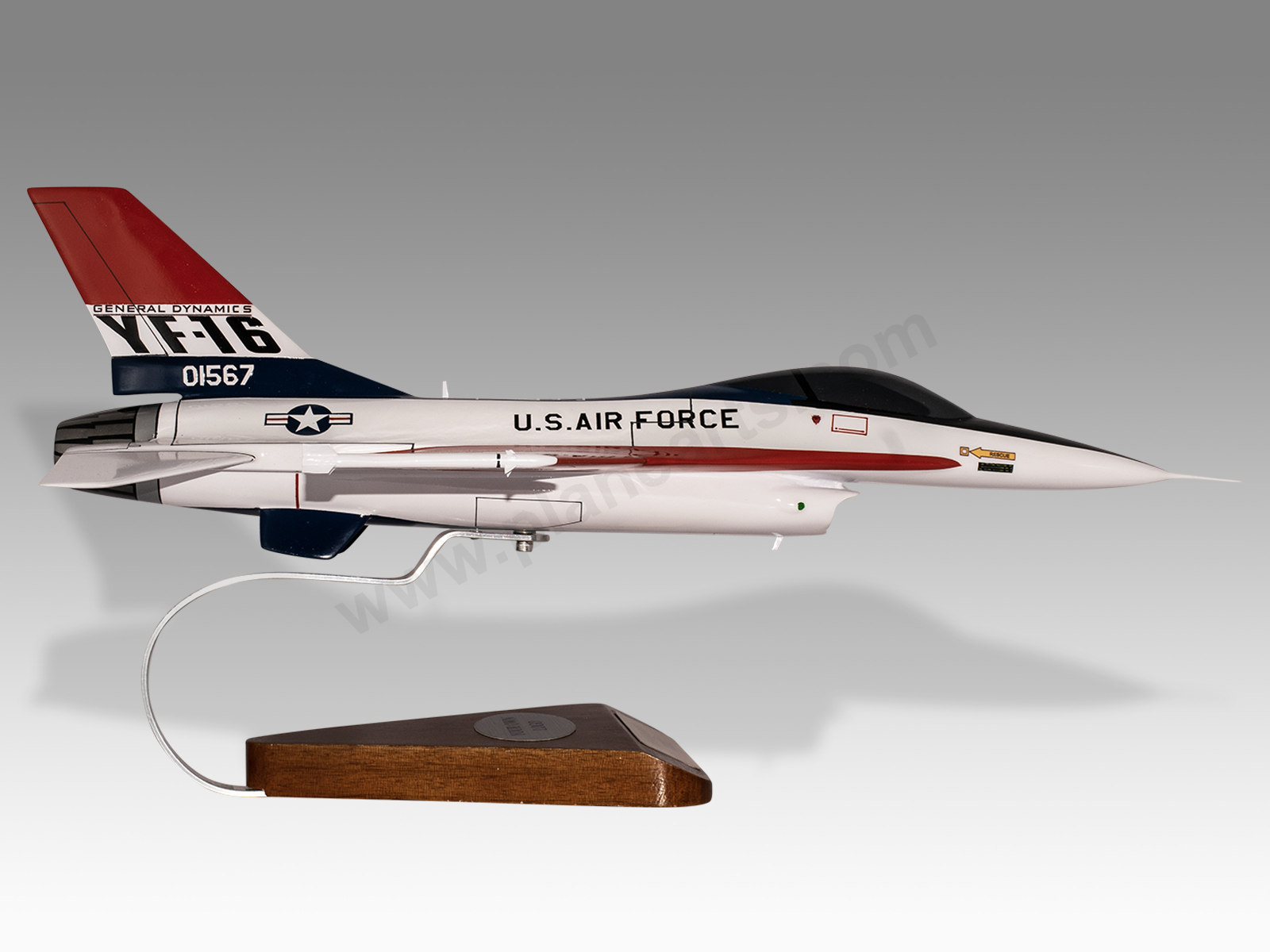


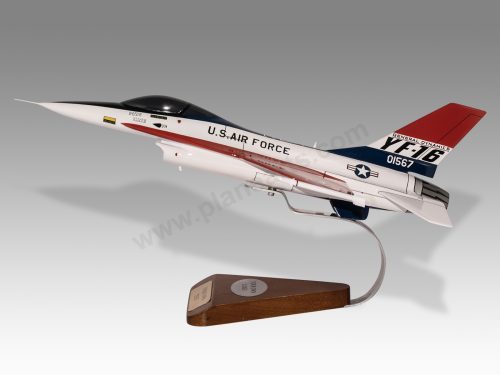
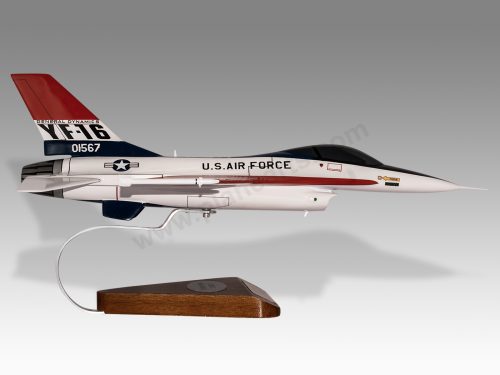
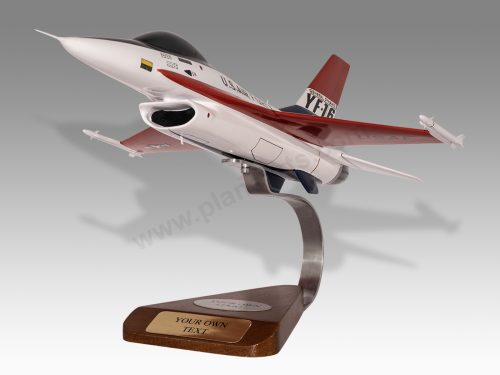
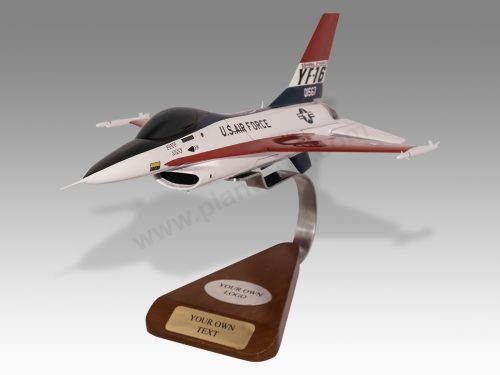



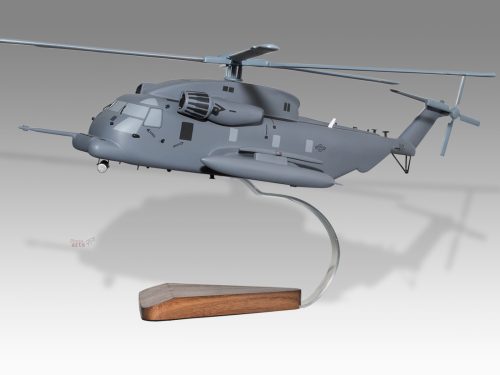

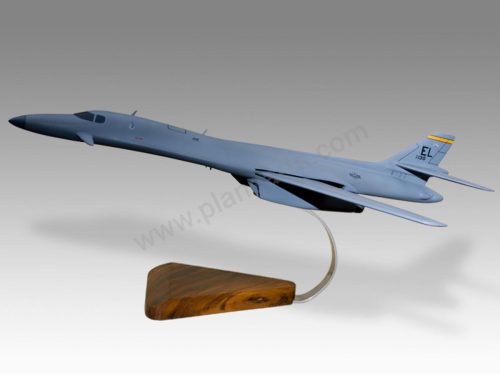
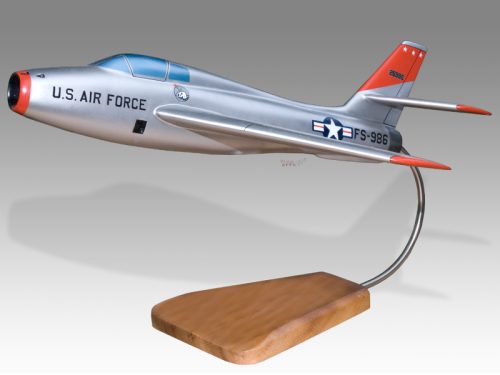
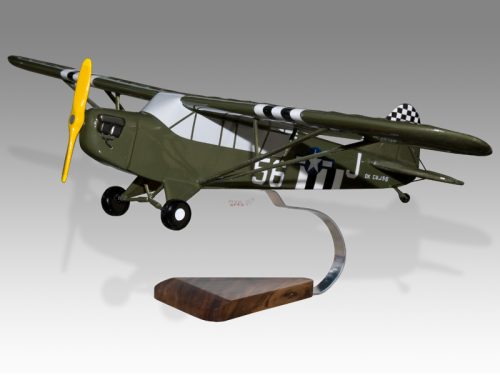

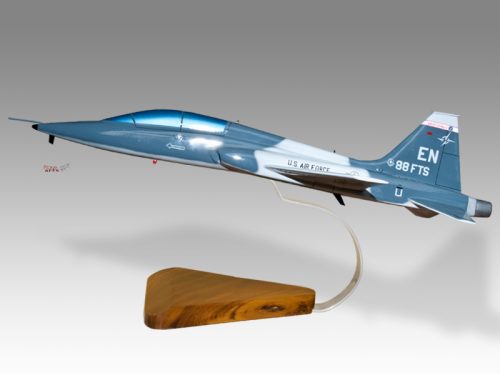
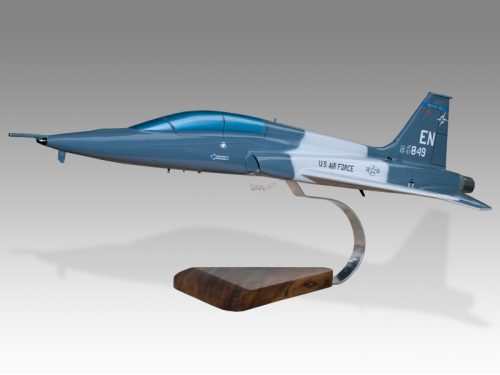
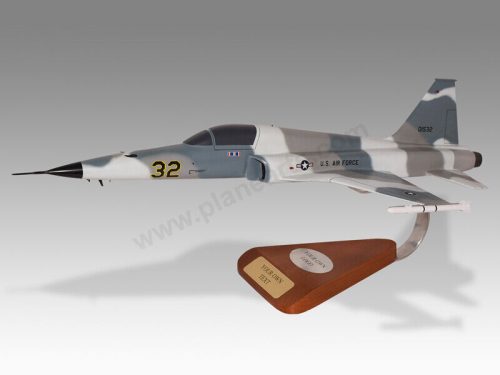
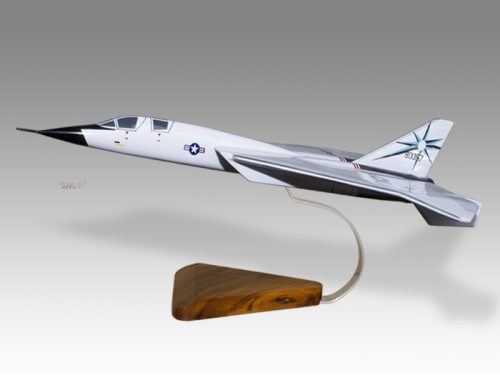
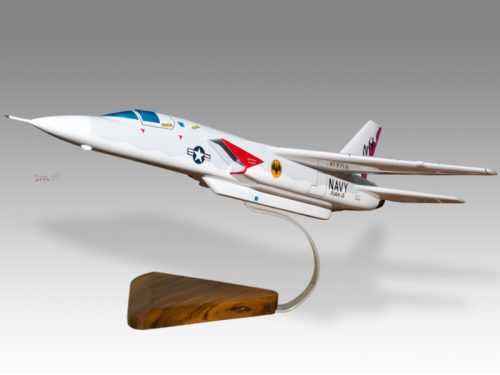
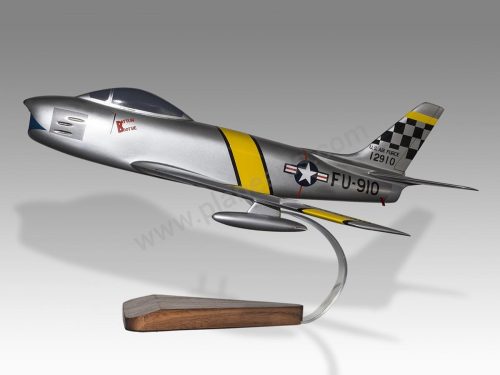

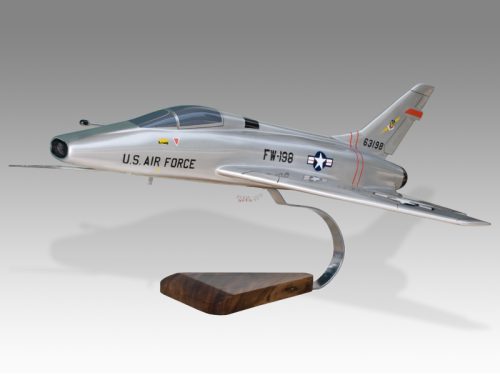
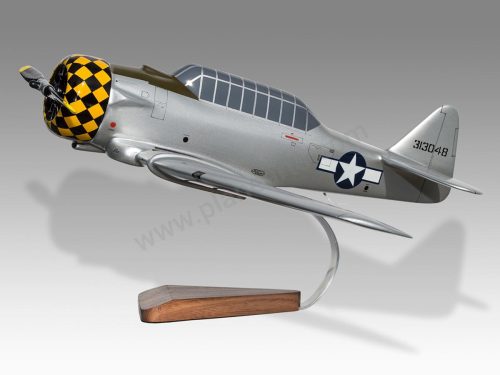


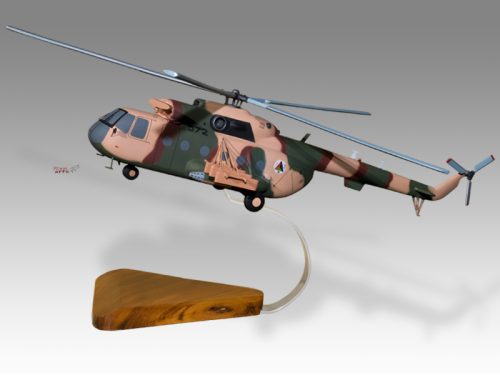
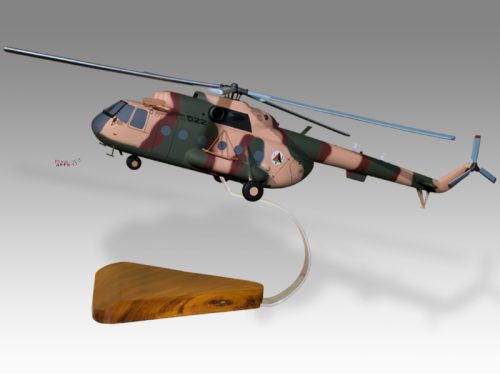

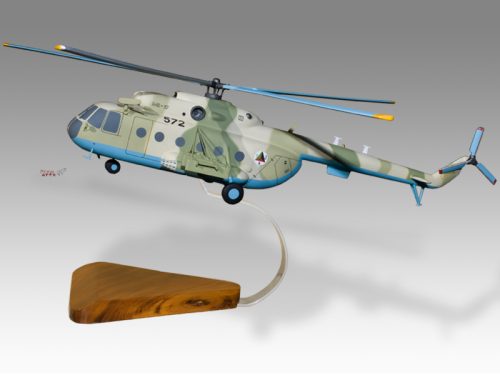
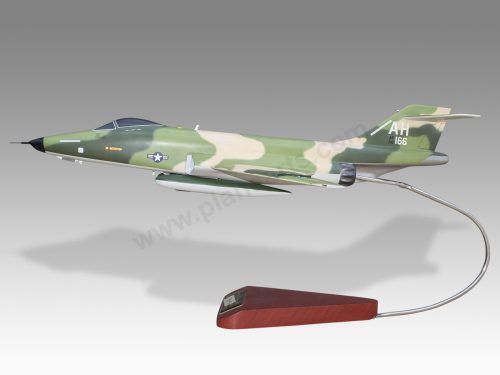

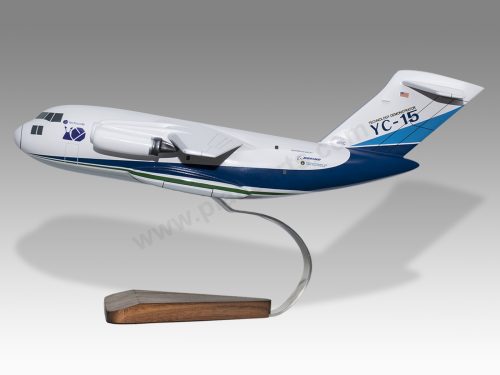
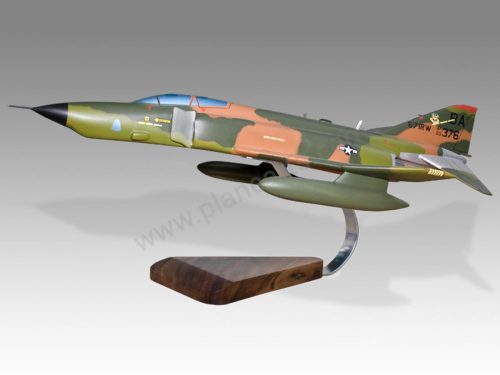

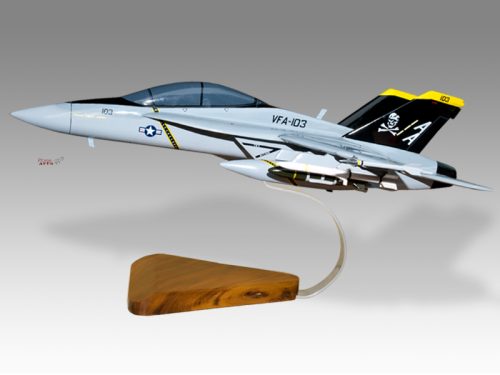


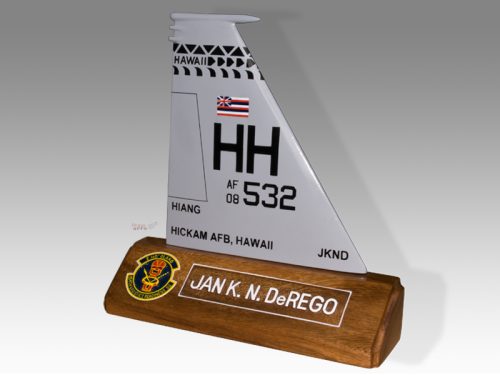
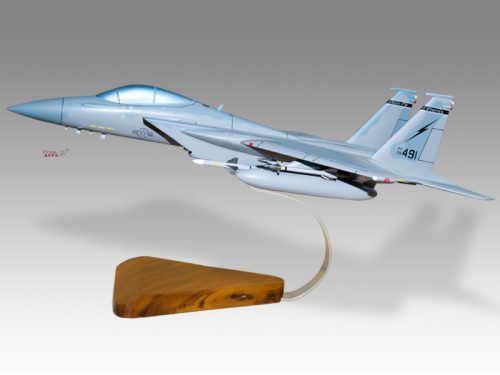

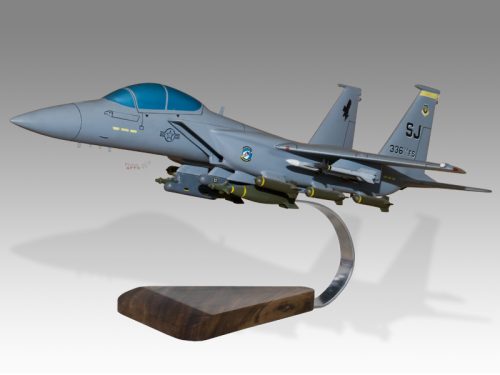
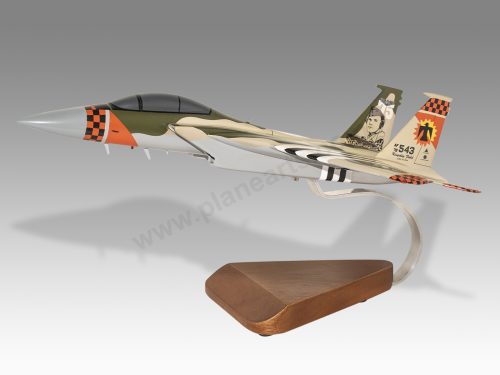

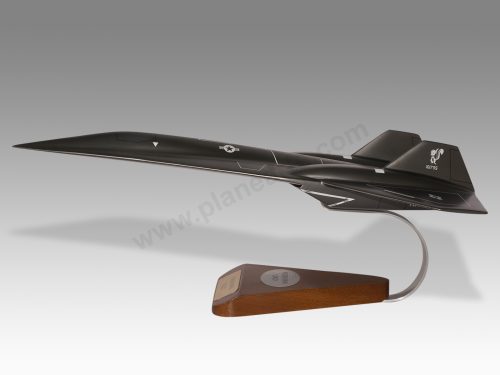
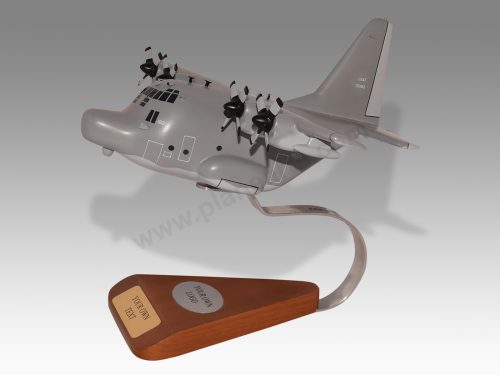
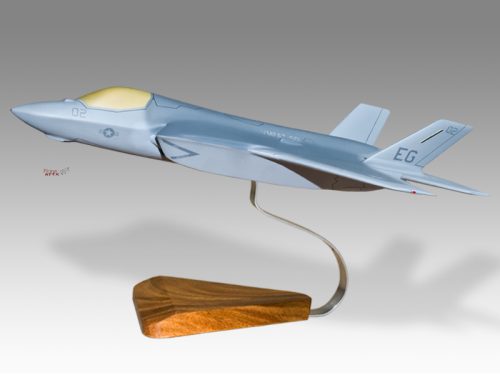
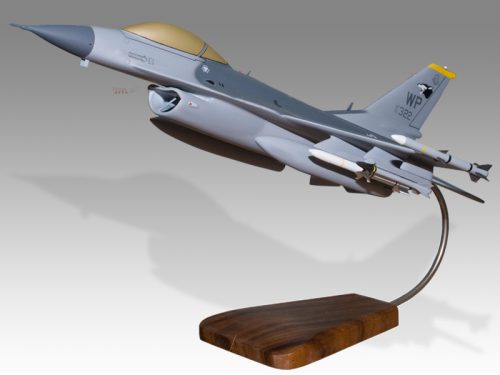
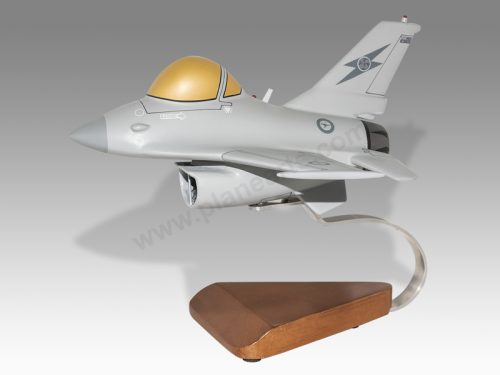
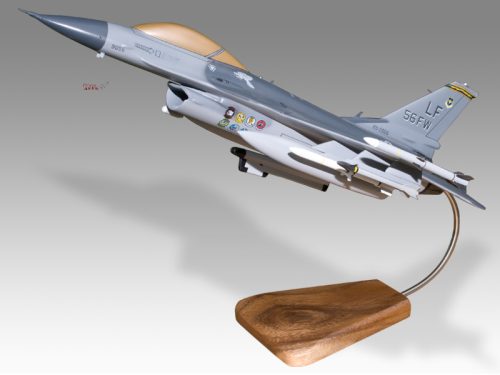
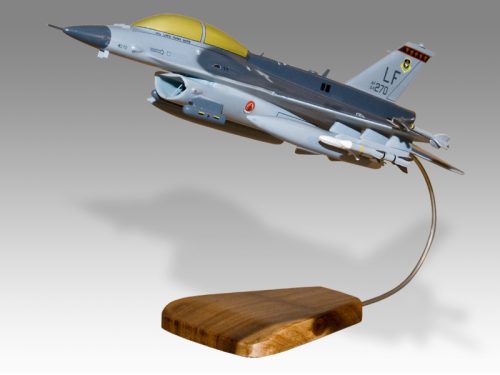

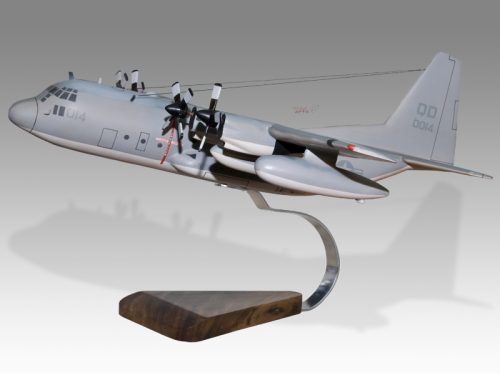
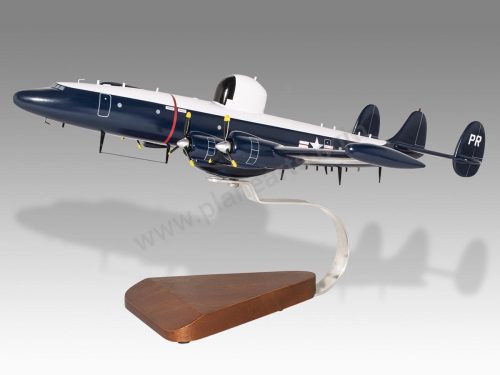

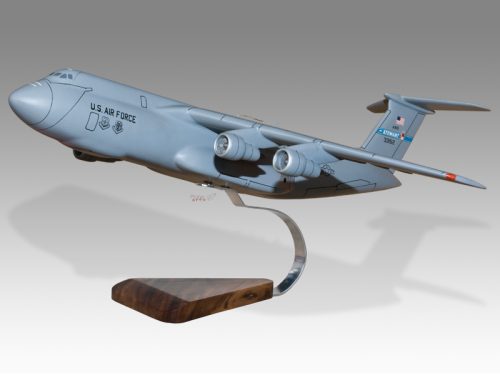
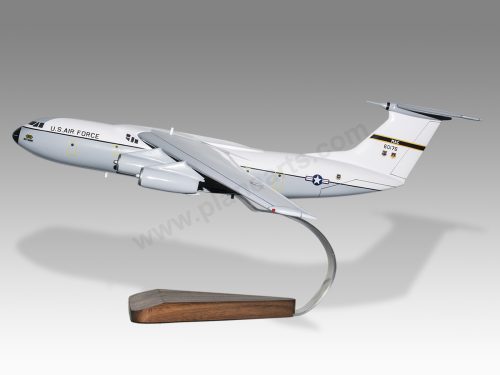
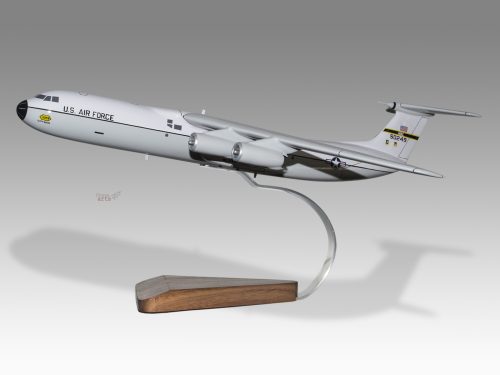
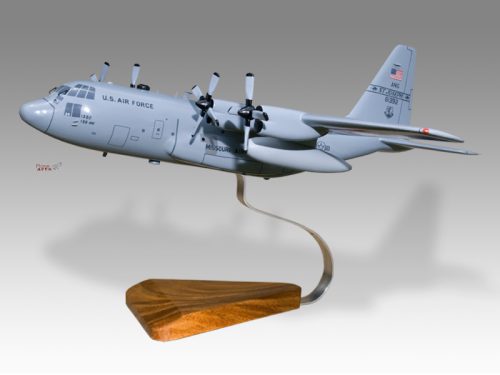
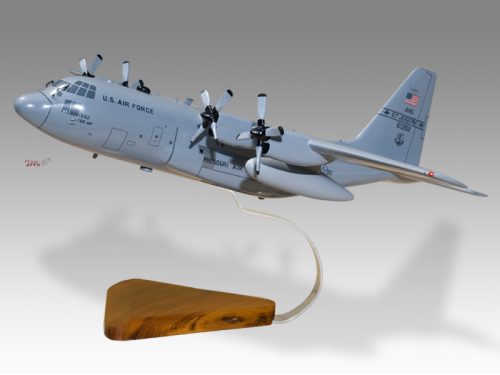
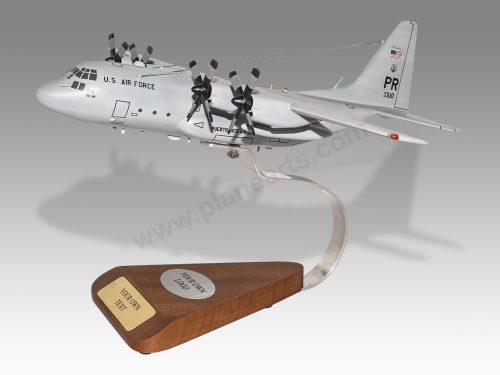
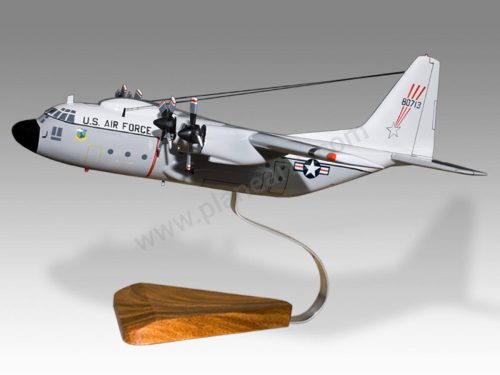
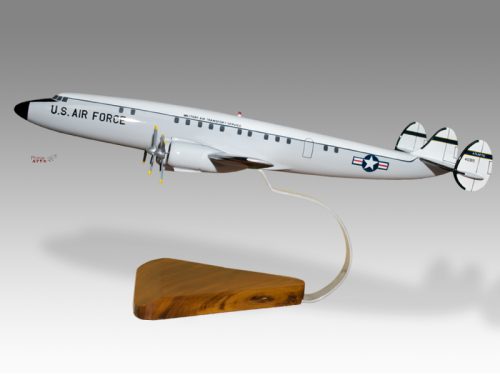
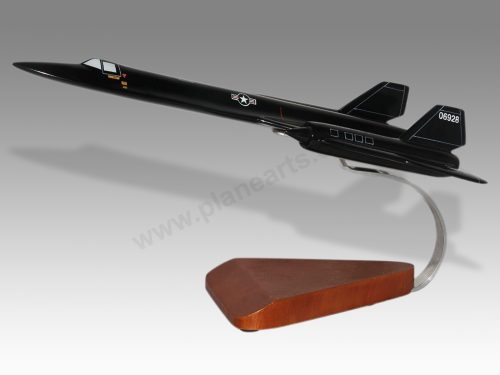



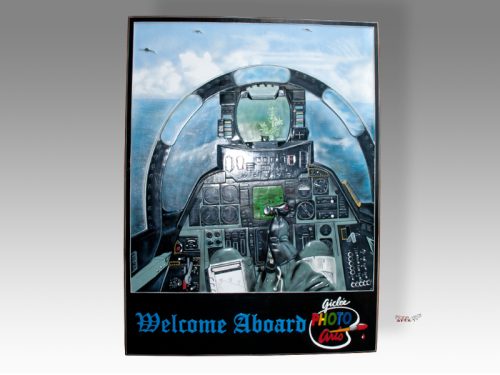
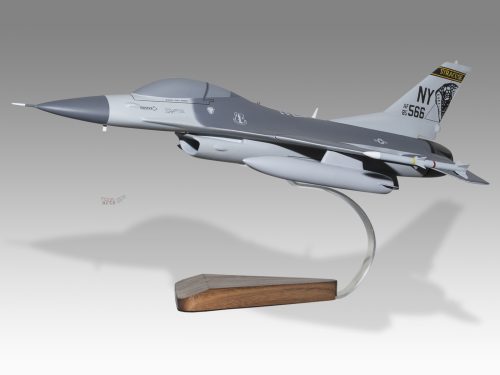


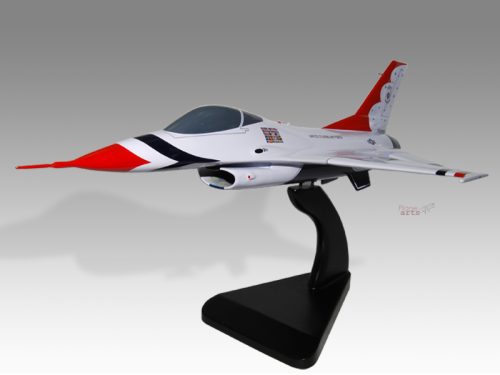


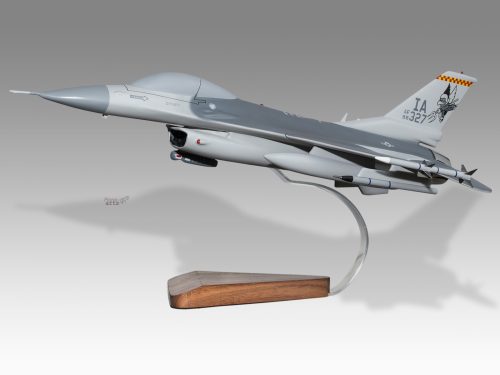
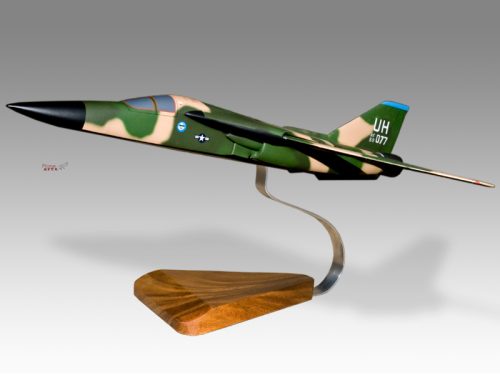
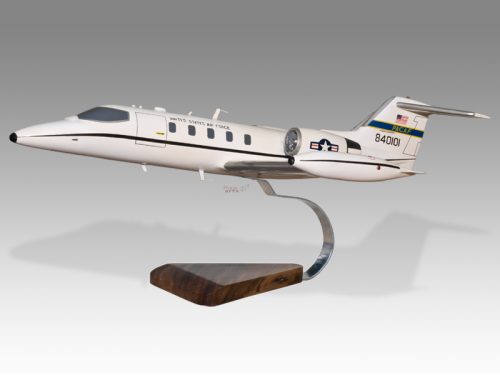
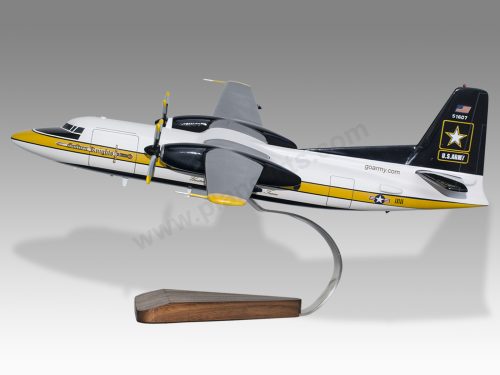

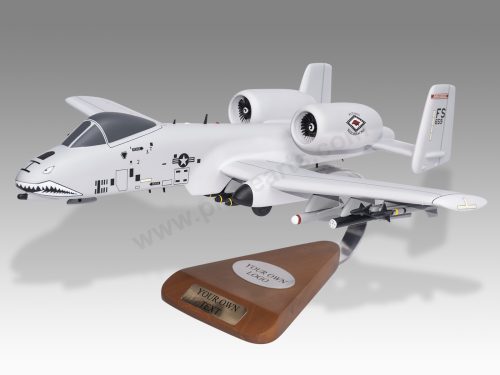
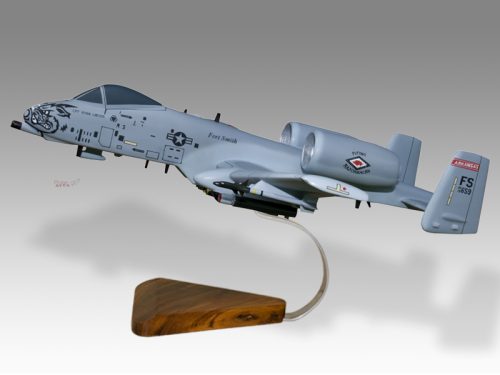

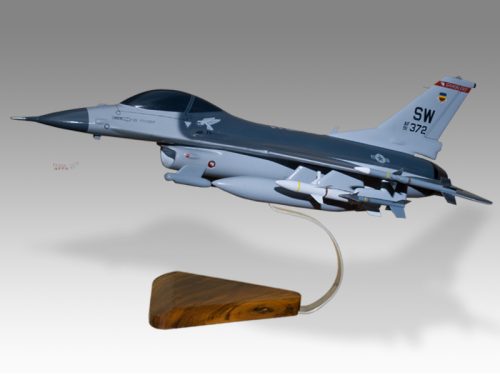
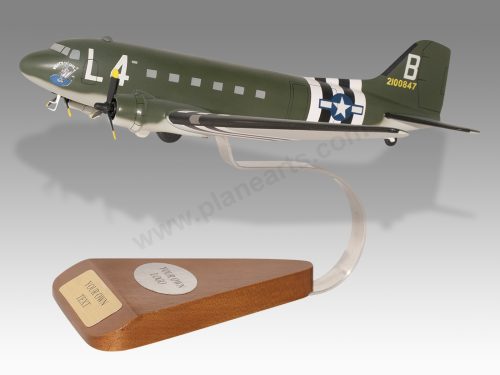

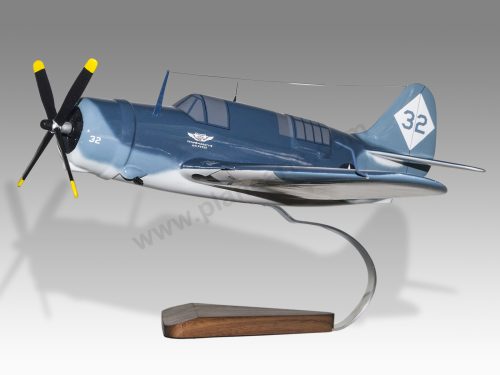










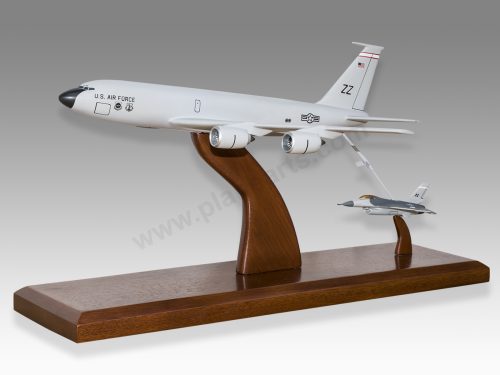
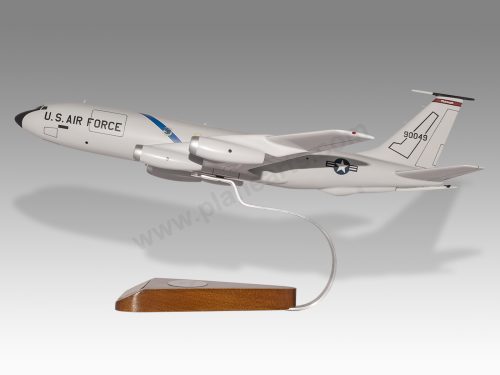
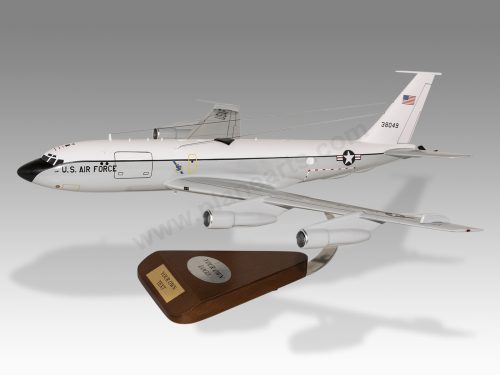

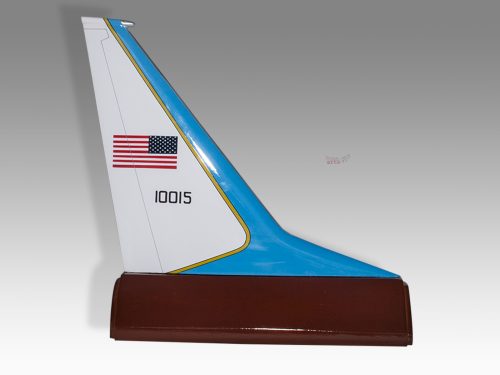
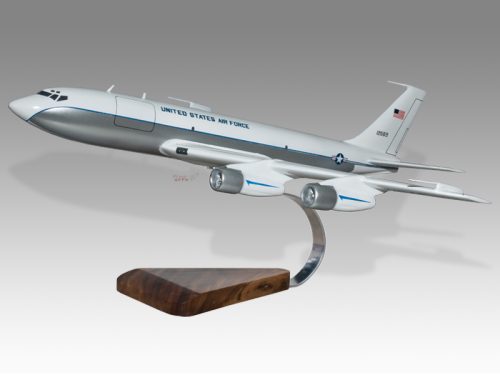
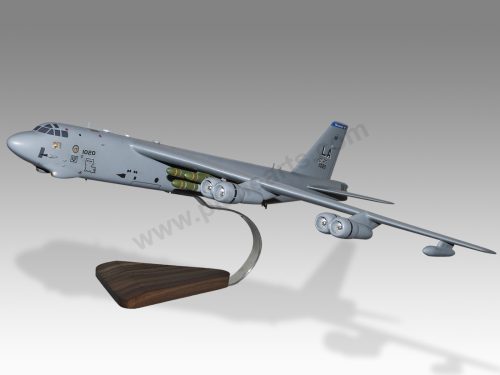

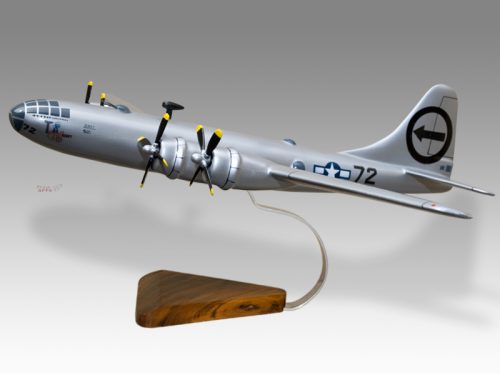
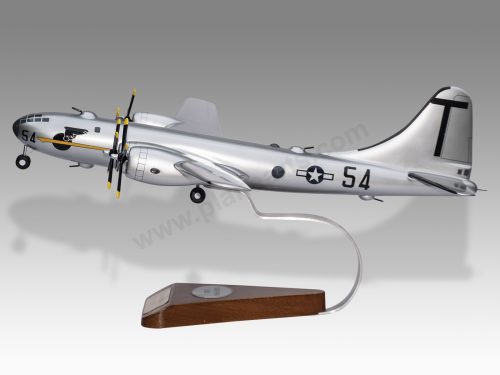
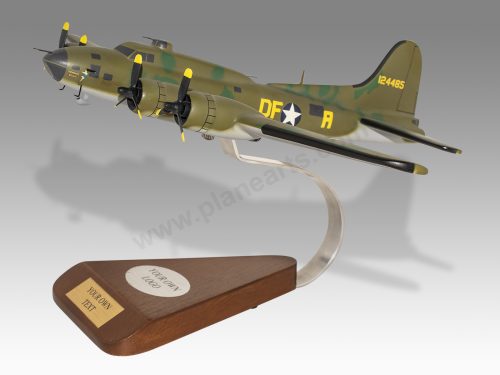

Reviews
There are no reviews yet.